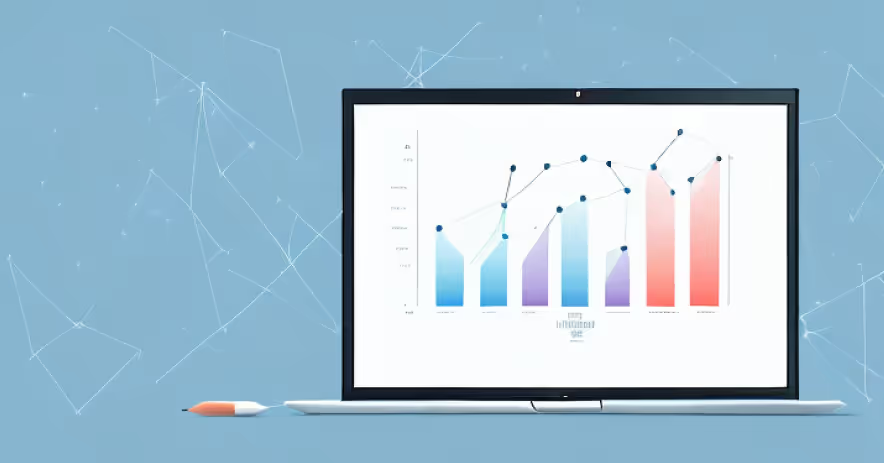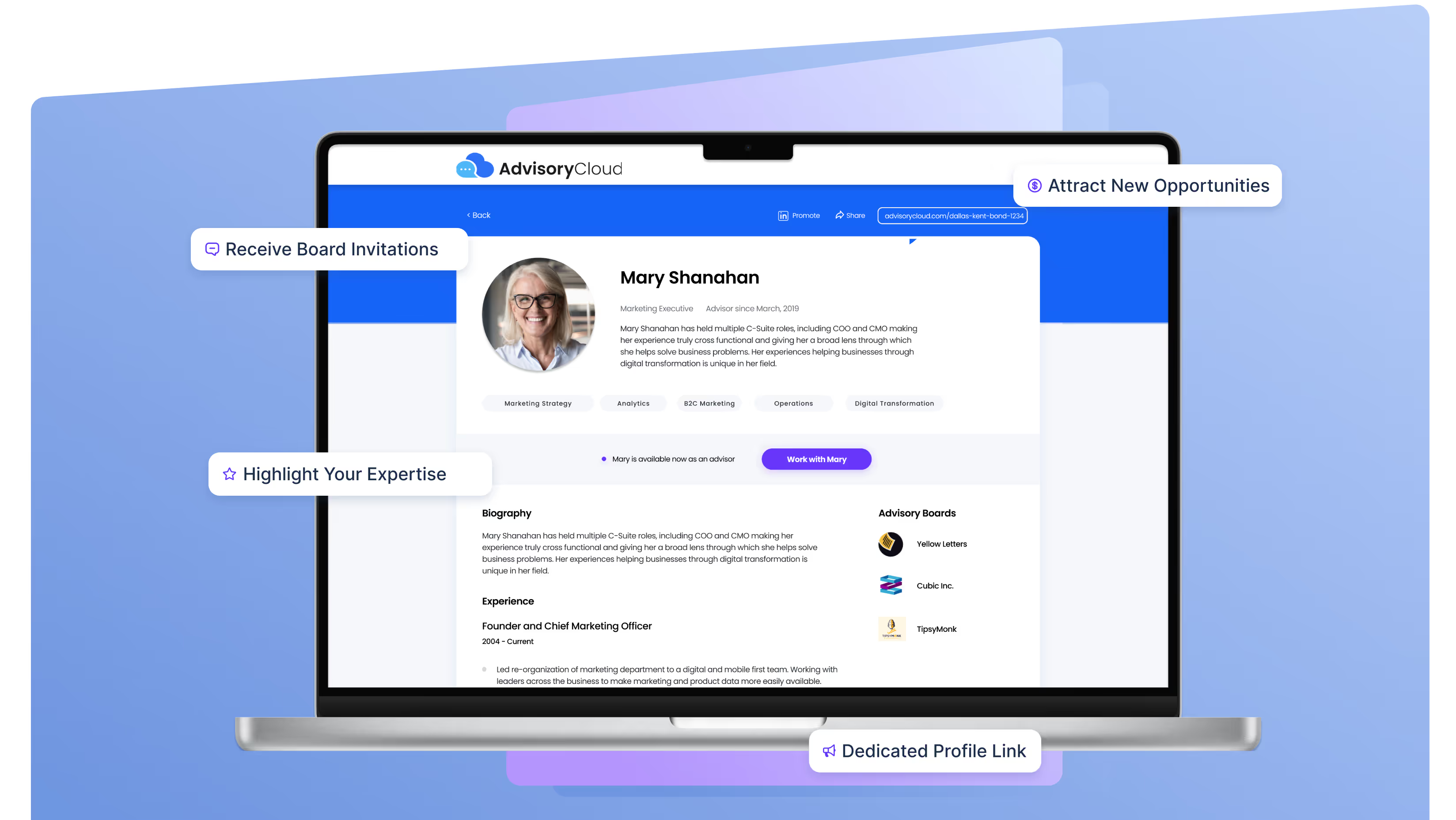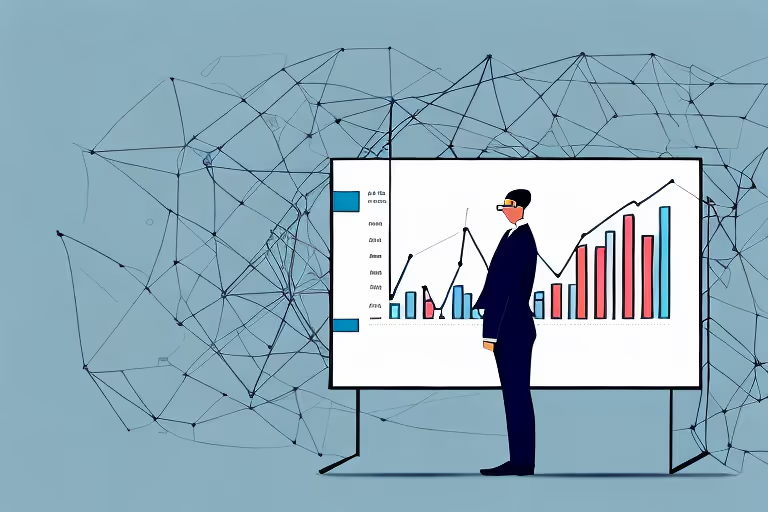March 6, 2023

What every CIO needs to do in their first 100 days.
It is important to be efficient in the first 100 days of being a Chief Information Officer (CIO). This is a critical period for organizing, assessing and improving the Information Technology (IT) infrastructure of an organization. By taking the right steps, a successful CIO can lay the groundwork for long term success in the role. Here are 8 priorities and strategies for a successful CIO start.
1. How to Set Goals and Create a Plan
The first priority for any CIO is to set measurable goals and create a plan to achieve them. It is important to be specific in goals and ensure that they are realistically achievable. Moreover, CIOs should strive to have an implementation strategy for every goal. There should also be a timeline, budget, and resources specified for all objectives. However, it is equally important for CIOs to factor in unanticipated changes and prepare for them.
When setting goals, CIOs should consider the long-term impact of their decisions. They should also consider the potential risks associated with each goal and plan accordingly. Additionally, CIOs should ensure that their goals are aligned with the overall organizational objectives. This will help ensure that the goals are achievable and that the resources allocated to them are used efficiently.
Finally, CIOs should regularly review their goals and plans to ensure that they are still relevant and achievable. This will help them stay on track and make any necessary adjustments to their plans. Additionally, CIOs should be open to feedback from their team and stakeholders to ensure that their goals are realistic and achievable.
2. Assessing the Current Technology Infrastructure
The second priority is to assess the current state of IT infrastructure and resources. CIOs should audit the current systems and processes to identify gaps, potential shortcomings, and areas of improvement. This step involves analyzing the quality and performance of existing hardware/software systems, networks, communication channels etc. CIOs can then use their assessment to help steer their organization in a better direction by developing technology strategies.
When assessing the current technology infrastructure, CIOs should consider the following: the cost of the existing systems, the scalability of the systems, the security of the systems, and the compatibility of the systems with other technologies. Additionally, CIOs should consider the impact of the current technology infrastructure on the organization’s ability to meet its goals. This assessment should be conducted on a regular basis to ensure that the organization is taking advantage of the latest technology and staying ahead of the competition.
Once the assessment is complete, CIOs can use the results to develop a technology strategy that will help the organization reach its goals. This strategy should include a plan for upgrading existing systems, implementing new technologies, and training staff on the use of the new systems. Additionally, CIOs should consider the cost of implementing the new technology and the potential return on investment. By taking the time to assess the current technology infrastructure and develop a strategy, CIOs can ensure that their organization is taking advantage of the latest technology and staying ahead of the competition.
3. Setting Up Security Protocols for Data Protection
Data protection is necessary for any organization and CIOs should be prepared to take the lead in this area. CIOs should create data governance policies and establish robust cybersecurity procedures to protect the organization's digital assets. This includes deploying security patches to systems and applications, using encryption technologies to protect data during transmission, and investing in malware protection systems. Furthermore, CIOs should continually monitor the organization's security protocols for vulnerabilities and data breaches.
CIOs should also ensure that all employees are trained on the organization's security protocols and that they understand the importance of data protection. This includes educating employees on the risks of data breaches and how to identify suspicious activity. Additionally, CIOs should ensure that all employees are aware of the organization's data protection policies and that they are following them. Finally, CIOs should regularly review the organization's security protocols to ensure that they are up to date and effective.
Data protection is a critical component of any organization's security strategy and CIOs should take the lead in ensuring that the organization's data is secure. By creating data governance policies, deploying security patches, using encryption technologies, investing in malware protection systems, and training employees on data protection, CIOs can ensure that the organization's data is safe and secure.
4. Establishing Strong Communication with Stakeholders
Communication is another essential task during the first 100 days as CIO. By engaging with stakeholders, CIOs can not only stay up to date with potential technology developments, but also form relationships that will last well beyond the first 100 days. This includes meeting with department heads, executives, vendors, and customers to create a ‘big picture’ understanding of the organization’s technology needs and future goals.
It is also important to ensure that communication is two-way. CIOs should take the time to listen to stakeholders and understand their needs and concerns. This will help to ensure that the organization is able to meet its technology goals in a way that is beneficial to all parties involved.
5. Training and Onboarding New Staff Members
CIOs should also take on a people-management role during their first 100 days. This involves training existing staff members and onboarding new ones to ensure everyone is equipped with the skills they need to meet IT demands. Additionally, CIOs should foster an atmosphere of collaboration where staff members can work together to identify problems and develop innovative solutions.
When training existing staff members, CIOs should focus on developing their technical skills and knowledge. This could include providing access to online courses, attending conferences, or offering mentorship opportunities. CIOs should also ensure that staff members are aware of the latest industry trends and best practices.
Onboarding new staff members is also an important part of the CIO's role. This involves introducing them to the company's culture, values, and processes. CIOs should also provide new staff members with the necessary resources and tools to help them become productive quickly. Additionally, CIOs should ensure that new staff members are aware of the company's policies and procedures.
6. Analyzing Performance Metrics and Establishing Benchmarks
CIOs should also make use of data and analytics tools to measure performance. Performance metrics should be used to compare current performance outcomes against desired results or previous benchmarks. This process helps CIOs develop insightful strategies and techniques to optimize operations and efficiency. It also helps identify areas of strength or opportunities for improvement.
In order to effectively analyze performance metrics and establish benchmarks, CIOs should ensure that they have access to the right data and analytics tools. They should also be aware of the latest industry trends and best practices, and use them to inform their decisions. Additionally, CIOs should be proactive in setting goals and objectives, and regularly review performance metrics to ensure that they are on track to meet their targets.
7. Implementing Process Automation and Enhancing Efficiency
CIOs should strive to minimize manual tasks where possible in order to improve efficiency across the organization. By implementing automation strategies, CIOs can reduce repetitive tasks and manual data entry, improving accuracy and freeing up resources. Furthermore, automation also leads to improved data management capabilities, providing better insights into performance trends.
Automation can also help to reduce costs associated with manual processes, as well as improve customer service. Automated processes can help to streamline customer service operations, allowing for faster response times and improved customer satisfaction. Additionally, automation can help to reduce the need for manual labor, freeing up resources for more strategic initiatives.
Finally, automation can help to improve the accuracy of data collection and analysis. Automated processes can help to ensure that data is collected and analyzed in a consistent manner, reducing the risk of errors and improving the accuracy of insights. Automation can also help to reduce the time required to complete tasks, allowing CIOs to focus on more strategic initiatives.
8. Leveraging New Technologies to Enhance Customer Experience
Finally, CIOs should leverage emerging technologies like artificial intelligence (AI), machine learning (ML), and the Internet of Things (IoT) to deliver better customer experiences. These technologies can be used to optimize operations, streamline processes, analyze customer data, develop new products/services, or create personalization campaigns. While embracing new technologies can be daunting, by equipping staff members with the right skills and tools, CIOs can make the transition smoother.
By covering these 8 priorities in the first 100 days, CIOs can effectively set up their organization for success in the long term. By establishing strong communication, assessing IT infrastructure, setting data security protocols, training staff, optimizing processes with automation, understanding strategic goals, creating KPIs for success, building relationships with vendors, and leveraging new technologies; CIOs can be well on their way towards achieving IT excellence.
In addition, CIOs should also consider the potential of emerging technologies to create new opportunities for their organization. For example, AI and ML can be used to develop new products and services, while IoT can be used to create innovative customer experiences. By staying ahead of the curve and embracing new technologies, CIOs can ensure their organization remains competitive in the long run.
See what boards you match with.
See what you qualify for with our 2-minute assessment.


Similar Articles

August 20, 2025
The Top 10 Mistakes that CEOs Make
August 20, 2025
The 8 Qualities of high performing CEOs
August 20, 2025
Setting Non-Financial Goals for Career Success
August 20, 2025
How to Choose the Right Mentor: A Comprehensive Guide
August 20, 2025
How to become a business advisor as a VP of Marketing
August 20, 2025
How to Become a Board Member: A Step by Step Guide
August 20, 2025
How networking with your executive peers will help you grow.
August 20, 2025
Do You Need a Sponsor or Mentor to Advance Your Career?
August 20, 2025
Achieving Tech Career Goals for Mid-Career Professionals
August 20, 2025
5 Ways to develop as a leader in your role.






